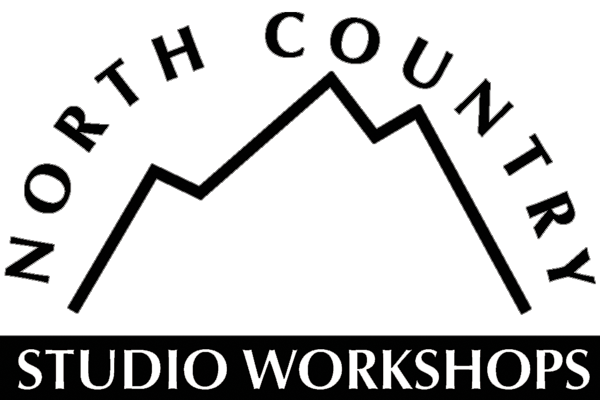Abstraction
/By Valerie Long, President NCSW Board of Directors
Valerie Long “Volcano” combines encaustic paints and a shellac overlay.
I’ve always been attracted to encaustic art as well as the abstract form. Encaustic painting is a painting technique in which pigments are mixed with hot liquid wax and damar resin. After the paint has been applied to the support, which is usually made of wood, plaster, or canvas, a heating element is passed over the surface until the individual brush or spatula marks fuse into a uniform film. This “burning in” of the colors is an essential element of true encaustic technique.
Encaustic wax has many of the properties of oil paint: it can give a very brilliant and attractive effect and offers great scope for elegant and expressive brushwork. The practical difficulties of using a medium that has to be kept warm are considerable, however. Apart from the greater sophistication of modern methods of heating, the present-day technique is similar to that described by the 1st-century Roman scholar Pliny the Elder. Encaustic painting was invented by the ancient Greeks and was brought to the peak of its technical perfection by the genre painter Pausias in the 4th century BC.
Valerie Long “Salt Marsh” combines encaustic paints, oil paints, cold wax and oil sticks.
Encaustic art uses a variety of materials and methods, achieving an image with amazing movement and texture. One of its most alluring attributes is an exquisite surface quality. A major contributor to that quality is beeswax, which is impervious to moisture and will not deteriorate, yellow or darken. Capturing the true depth and luminosity of encaustic wax takes experience, knowledge and skill. The outcome is a unique and original piece that stands the test of time. Inspiration for art, any art, can be derived from cultural tradition, spiritual expression, recorded history, and the use of visual rather than verbal language.
There is no doubt, North Country Studio Workshops (NCSW) has helped me progress in my art. The week-long classes were an amazing way to increase my skill level by learning from nationally-known artists and working with wonderful students from around the country. One of my instructors was Jeffrey Hirst from Chicago, a leader in encaustic art innovation. The NCSW is a wonderful experience in terms of upgrading art skills, being part of an art community and pushing yourself to a higher standard.



